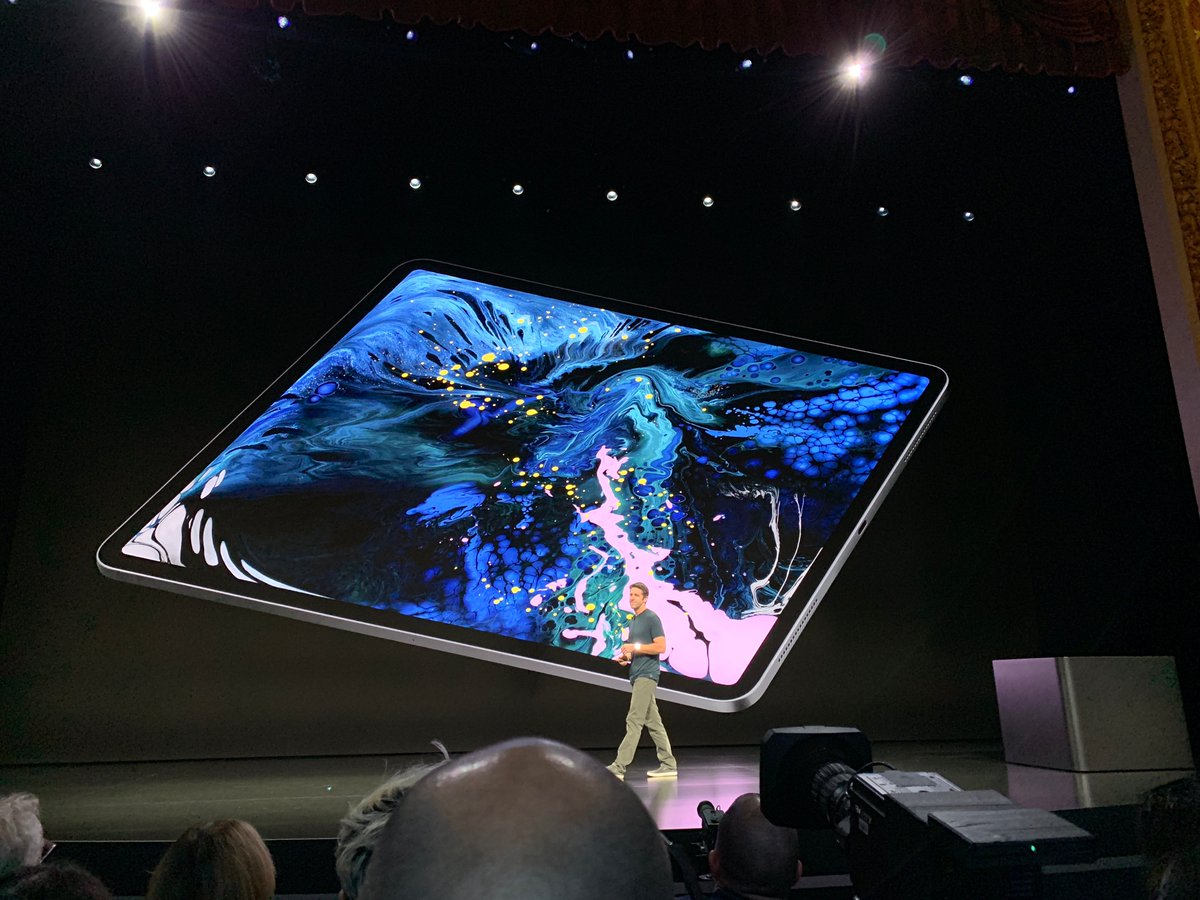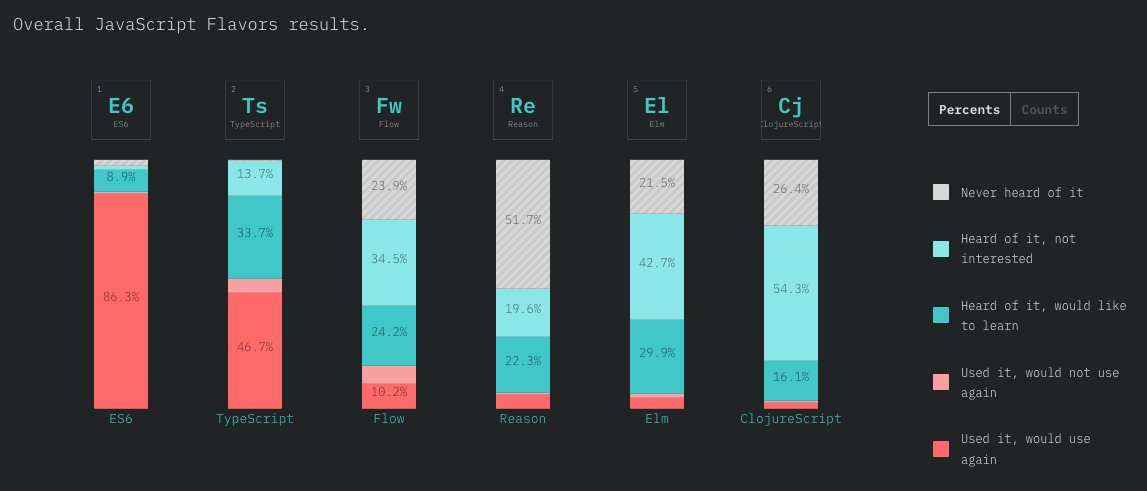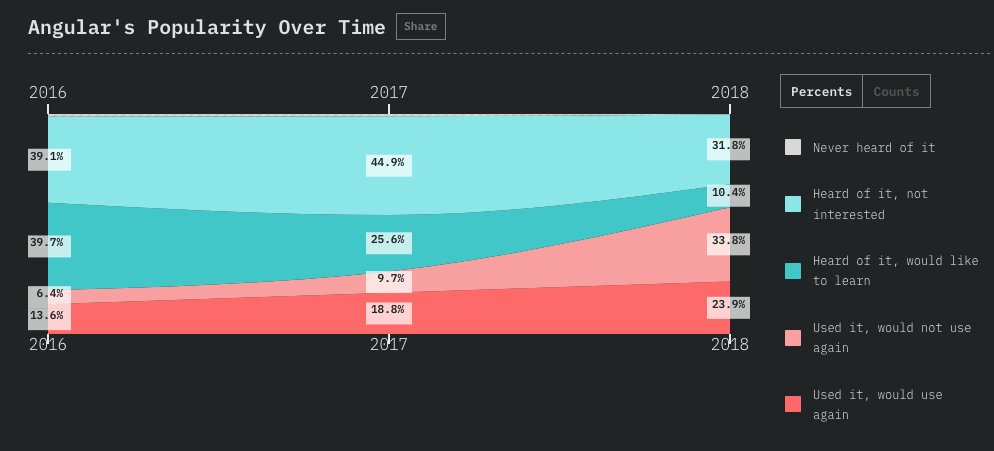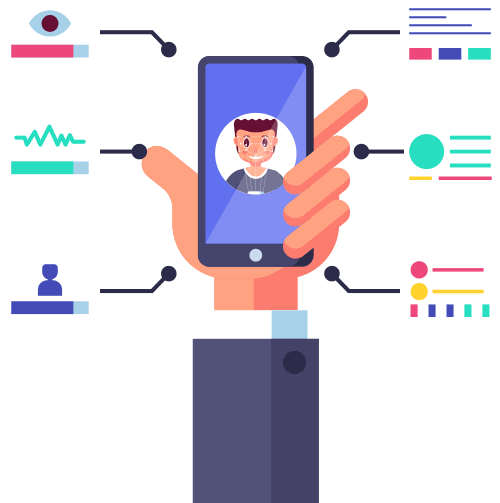1/ Thread: "A Silicon Valley Ponzi Scheme"
Thanks to @chamath for laying this out in Social Capital's 2018 annual letter.
I've always appreciated his outspokenness.
This is creating a big bill that will soon come due...
But it's not who you think (that does), and the dynamics we’ve entered is in many ways creating a dangerous, high stakes Ponzi scheme.
Someone has to pay for the outrageous costs of this style of growth. Will it be VCs?
Likely not.
Eg: VCs habitually invest in one another’s companies during later rounds, bidding up rounds to valuations that allow for generous markups on their funds' performance.
if you’re a VC with a $200 million dollar fund, you’re able to draw $4million each year in fees.
Most funds never return enough profit for managers to see a dime of carried interest.
If u can show marked up paper returns & then parlay those returns into a newer, larger fund—say $500 million—you now have a fresh $10 million a year to use as you see fit.
There’s some deep misalignment here...
Partly why American healthcare is so expensive is bcos insurers, who play a key middleman role in setting prices for medical care, have a 2-sided biz model:
High costs allow them to charge higher premiums, allowing them to pull steadily more and more money out of patients’ and payers’ pockets.
In the end, both, patients and payers are the ones who end up as bag holders footing the bill.
The same thing is happening in today’s venture world.
Just as insurers’ biz model translates to higher costs of patient care,
So if its not VCs, who ends up holding the bag?
It’s still not who you’d expect.
In some cases, high prices may even work to their advantage.
Unlike the other pass-the-buck schemes
The real bill ends up getting shuffled outta sight to 2 other groups.
The 1st as u may guess are early stage funds’ limited partners, particularly future limited partners investing into the next fund.
Marking up Fund IV to raise money for more mgmt fees out of Fund V is so effective bcos fundraising can happen much faster than the long & difficult job of building businesses & creating real enterprise value
The second group of people left holding the bag is far more tragic: the employees at startups.
Although originally helpful as a way to incentivize and reward employees for working hard for an uncertain outcome,
Overall, you can understand how this arrangement endures:
Those companies then go spend the money on more user growth, often in zero-sum competition w/ one another.
What is the antidote here? Its 2-fold.
The 2nd is to break away from the MLM scheme that the VC-LP-user growth game has become.
It’s time to wait patiently, as the air is slowly let out of this bizarre Ponzi balloon created by the venture capital industry.
More from Tech
You May Also Like
These setups I found from the following 4 accounts:
1. @Pathik_Trader
2. @sourabhsiso19
3. @ITRADE191
4. @DillikiBiili
Share for the benefit of everyone.
Here are the setups from @Pathik_Trader Sir first.
1. Open Drive (Intraday Setup explained)
#OpenDrive#intradaySetup
— Pathik (@Pathik_Trader) April 16, 2019
Sharing one high probability trending setup for intraday.
Few conditions needs to be met
1. Opening should be above/below previous day high/low for buy/sell setup.
2. Open=low (for buy)
Open=high (for sell)
(1/n)
Bactesting results of Open Drive
Already explained strategy of #opendrive
— Pathik (@Pathik_Trader) May 27, 2020
Backtested results in 30 stocks and nifty, banknifty.
Success ratio : approx 40-45%
RR average 1:2
Entry as per strategy
Stoploss = Open level
Exit 3:15 PM Or SL
39 months 14 months -ve, 25 +ve
Yearly all 4 years +ve performance. pic.twitter.com/nGqhzMKGVy
2. Two Price Action setups to get good long side trade for intraday.
1. PDC Acts as Support
2. PDH Acts as
So today we will discuss two more price action setups to get good long side trade for intraday.
— Pathik (@Pathik_Trader) June 20, 2020
1. PDC Acts as Support
2. PDH Acts as Support
Example of PDC/PDH Setup given
#nifty
— Pathik (@Pathik_Trader) June 23, 2020
This is how it created long setup by taking support at PDC.
hopefully shared setup on last weekend helped. pic.twitter.com/2mduSUpMn5
Curated the best tweets from the best traders who are exceptional at managing strangles.
• Positional Strangles
• Intraday Strangles
• Position Sizing
• How to do Adjustments
• Plenty of Examples
• When to avoid
• Exit Criteria
How to sell Strangles in weekly expiry as explained by boss himself. @Mitesh_Engr
• When to sell
• How to do Adjustments
• Exit
1. Let's start option selling learning.
— Mitesh Patel (@Mitesh_Engr) February 10, 2019
Strangle selling. ( I am doing mostly in weekly Bank Nifty)
When to sell? When VIX is below 15
Assume spot is at 27500
Sell 27100 PE & 27900 CE
say premium for both 50-50
If bank nifty will move in narrow range u will get profit from both.
Beautiful explanation on positional option selling by @Mitesh_Engr
Sir on how to sell low premium strangles yourself without paying anyone. This is a free mini course in
Few are selling 20-25 Rs positional option selling course.
— Mitesh Patel (@Mitesh_Engr) November 3, 2019
Nothing big deal in that.
For selling weekly option just identify last week low and high.
Now from that low and high keep 1-1.5% distance from strike.
And sell option on both side.
1/n
1st Live example of managing a strangle by Mitesh Sir. @Mitesh_Engr
• Sold Strangles 20% cap used
• Added 20% cap more when in profit
• Booked profitable leg and rolled up
• Kept rolling up profitable leg
• Booked loss in calls
• Sold only
Sold 29200 put and 30500 call
— Mitesh Patel (@Mitesh_Engr) April 12, 2019
Used 20% capital@44 each
2nd example by @Mitesh_Engr Sir on converting a directional trade into strangles. Option Sellers can use this for consistent profit.
• Identified a reversal and sold puts
• Puts decayed a lot
• When achieved 2% profit through puts then sold
Already giving more than 2% return in a week. Now I will prefer to sell 32500 call at 74 to make it strangle in equal ratio.
— Mitesh Patel (@Mitesh_Engr) February 7, 2020
To all. This is free learning for you. How to play option to make consistent return.
Stay tuned and learn it here free of cost. https://t.co/7J7LC86oW0
Covering one of the most unique set ups: Extended moves & Reversal plays
Time for a 🧵 to learn the above from @iManasArora
What qualifies for an extended move?
30-40% move in just 5-6 days is one example of extended move
How Manas used this info to book
The stock exploded & went up as much as 63% from my price.
— Manas Arora (@iManasArora) June 22, 2020
Closed my position entirely today!#BroTip pic.twitter.com/CRbQh3kvMM
Post that the plight of the
What an extended (away from averages) move looks like!!
— Manas Arora (@iManasArora) June 24, 2020
If you don't learn to sell into strength, be ready to give away the majority of your gains.#GLENMARK pic.twitter.com/5DsRTUaGO2
Example 2: Booking profits when the stock is extended from 10WMA
10WMA =
#HIKAL
— Manas Arora (@iManasArora) July 2, 2021
Closed remaining at 560
Reason: It is 40+% from 10wma. Super extended
Total revenue: 11R * 0.25 (size) = 2.75% on portfolio
Trade closed pic.twitter.com/YDDvhz8swT
Another hack to identify extended move in a stock:
Too many green days!
Read
When you see 15 green weeks in a row, that's the end of the move. *Extended*
— Manas Arora (@iManasArora) August 26, 2019
Simple price action analysis.#Seamecltd https://t.co/gR9xzgeb9K





















